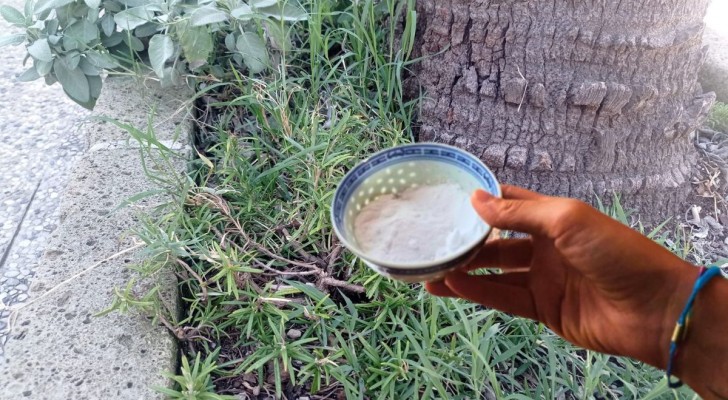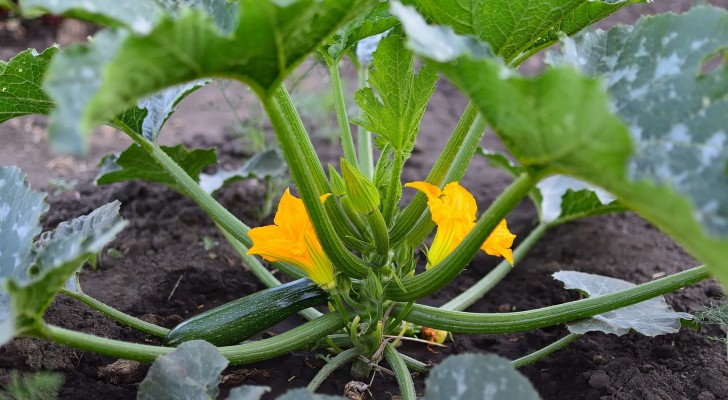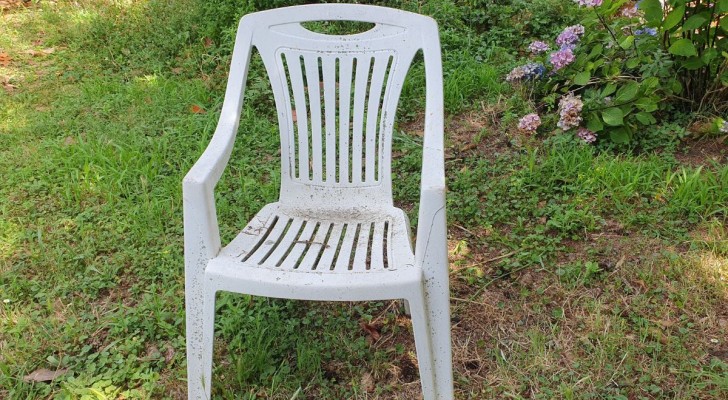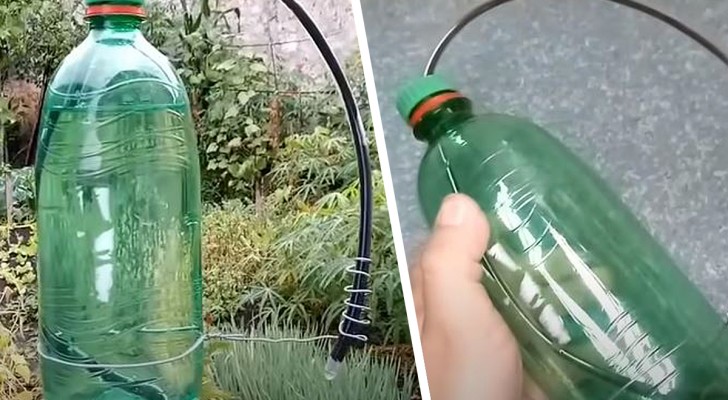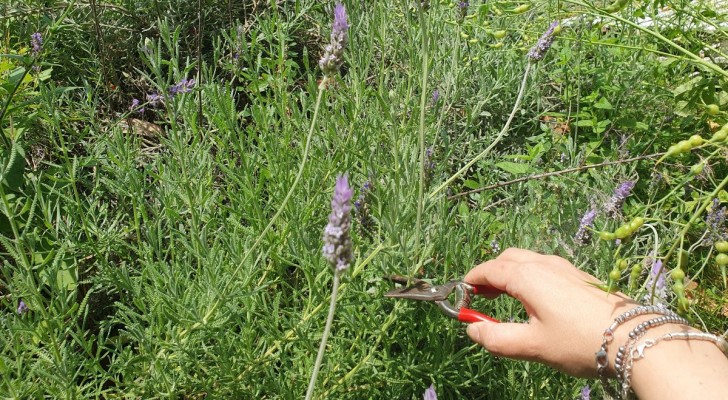Tips for growing thyme, the aromatic plant that cannot be missing at home
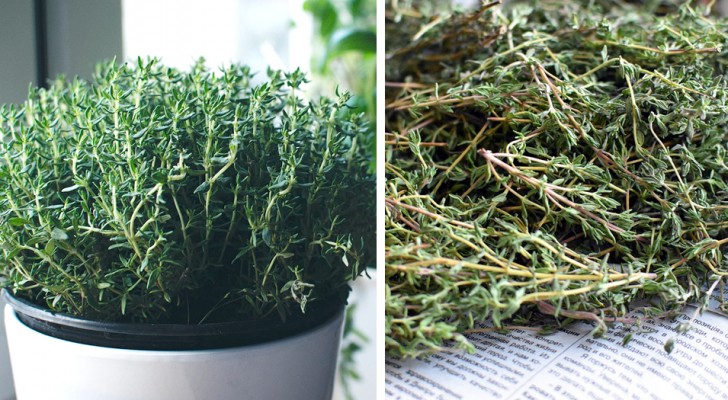
Thyme is certainly one of the aromatic plants that cannot be missing at home: this small and compact perennial shrub is very easy to grow, very fragrant even to the touch and adds a pleasant aroma to many different dishes in the kitchen.
In fact, it can be grown both as an aromatic herb to use for cooking dishes and as an ornamental plant: in spring it is covered with a myriad of small delicate flowers, white with pink shades, which is why it is beautiful both in pots and in flower beds.
It is also a very undemanding crop in terms of irrigation and soil, it loves heat but also resists cold, so much so that it is even grown in mountain gardens and it is not uncommon to find meadows at high altitudes where thyme grows, which releases a scent. fantastic at every step.
The thyme used in cooking is the common thyme (Thimus vulgaris), which has very small leaves and woody branches. There is also a plant used mostly at an ornamental level, namely the wild or creeping thyme (Thymus serpyllum), which has thinner leaves, a ground cover and is characterised by more showy flowering, of different colours depending on the cultivar. Still, lemon thyme (Thimus citronium) is increasingly widespread, with light green leaves, often golden on the edges, and which owes its name, however, to the aroma that is reminiscent of that of lemon.
The name of the thyme derives from the Greek term θυμός (thymos), which indicates the concept of "emotional soul" and courage. It is said that the warriors, before going into battle, smelled a sprig of thyme, which would have instilled courage in their minds, and it seems that during the French Revolution even the republicans took it with them. Traditionally, moreover, this medicinal plant has been associated with good mood and positive energy: in short, it is really worthwhile to grow a little plant at home, right?
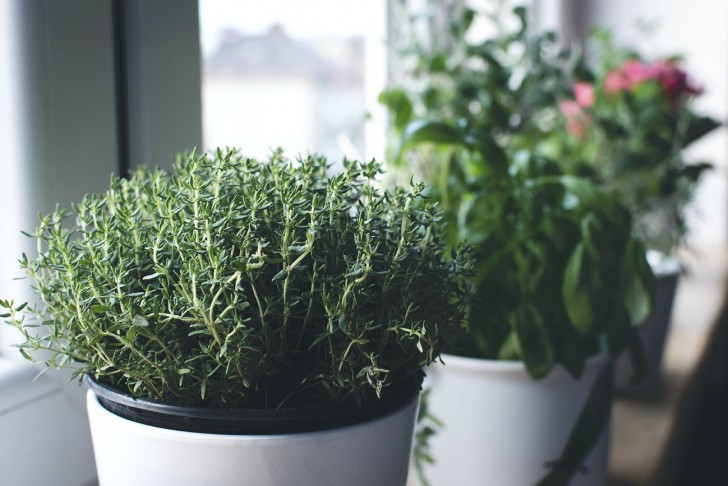
Exposure
Whether grown in the ground or in a pot, this plant needs to be exposed to full sun: it is in fact an aromatic herb that loves heat and grows in arid places, but also manages to survive lower temperatures, being able to withstand any frosts and sudden changes in temperature. However, it cannot stay too much in the shade and indeed, the more it is exposed to the sun, the greater the concentration of essential oils inside.
Soil and plant in pots or in the ground
Thyme is not at all demanding in terms of cultivation medium: it grows in fact even in nutrient-poor soils. The only requirement is that they are very well draining and not clayey, because the roots of the plant can easily be attacked by fungi in case of excessive and prolonged humidity.
In pot cultivation, therefore, it is necessary to prefer a so-called medium-textured soil, that is universal soil mixed with gravel, peat sand and compost, so as to be well dissolved and in any case sufficiently rich in nutrients for the development of the plant. On the bottom of the vase, moreover, it is always good to lay a high layer a couple of fingers or more of expanded clay or, alternatively, some stones. The ideal time to plant thyme is in spring, or in any case in periods when the climate is mild, so as to give the young specimen time to adapt to the new position and root well.
On the other hand, when it is planted in a flower bed or in the vegetable garden, it is good to prepare the soil well by digging thoroughly to move the earth, and then hoeing a little, perhaps adding a little compost. Before you go digging the plant holes, use a rake to level the soil again. If in working the soil you realize that it is very rich and humid, or worse still clayey, make a wider and deeper hole and then fill it with soil mixed with sand and gravel: it will be in this looser and lighter substrate that you will settle the plant, so that its roots always grow in draining soil.
If you are not in a hurry and you have added compost to the soil, there are those who recommend waiting 5-7 days before burying the plant: it is a way to give the soil time to "rest" and start interacting with the various microorganisms. of earth and compost.
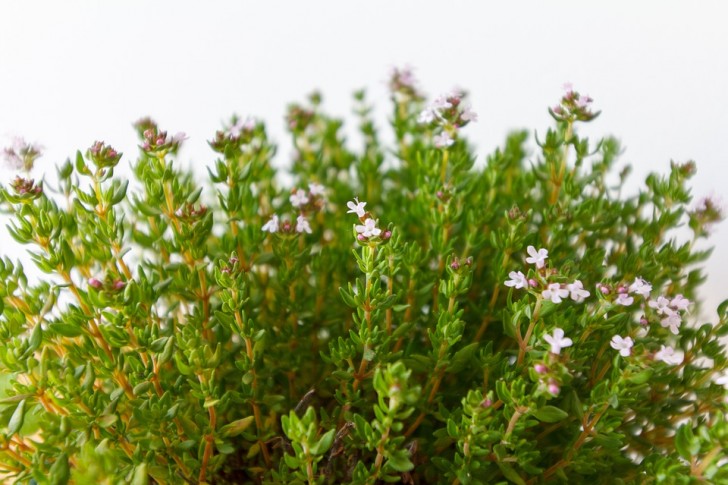
Reproduction
There are three ways to reproduce thyme seedlings: from seed, by division of the tufts or by cuttings.
Reproduction by seed is longer and more laborious: not really difficult, but in any case not very suitable for those who do not have a minimum of experience with this type of cultivation. In fact, it is a question of creating a seedbed in which to germinate the seeds between the end of March and the beginning of April. Trays or jars with these seeds (which are placed just below the surface layer) must be kept in a sheltered, warm and dry place until the plant can be repotted.
This will be possible when the plant reaches a height of about 10-15 cm. In general, therefore, you wait until August to be able to repot the thyme in larger pots or on the ground, keeping the plants about 25 cm away from each other, gently covering the roots with the soil.
The division of the tufts is instead a method of propagation used for many aromatic plants which consists in removing the plant, pulling it out with all the roots, and then proceeding to divide the shrub into several parts longitudinally, or leaving each part to have a some foliage and root system. This operation can be carried out in spring or autumn, never in too cold periods or in hot and dry months.
Reproduction by cuttings is the most common: the lateral woody branches must be removed by cutting with sharp and disinfected scissors, preferably in spring or early autumn, until the climate is mild enough. The sprig will then be planted in a jar (in which you will have prepared the same type of soil indicated before, well dissolved), watered immediately and then every time the soil dries up. To better facilitate the production of roots, you can wet the cut part of the branch in water and then pass it into the rooting powder (rooting hormone), and then place it in the ground. It is a simpler method, also suitable for those who are not yet very familiar with gardening.
Immediately after the division, sowing, cutting or transplanting, you must remember to water the plant regularly: in fact, they are not yet plants with a developed root system capable of resisting drought like the adult ones, so you must always check the soil and wet again as soon as you do not it is more humid, but without exaggerating in order not to fall into the opposite excess of water stagnation.
Pruning and fertilisation
Thyme is often cut to collect the twigs, but in those cases as well as when you need to prune the plant, it is good not to overdo it: all plants that have woody twigs, in fact, suffer a lot if they are shortened too much, or cut close to the base. , without leaving enough leaves on the branch attached to the plant.
So it is always good to carry out a purely containing pruning, which helps the thyme to maintain a dense and compact crown: intervene on the branches that have elongated the most, those that make it more "messy", and use them for cuttings or for cooking. Furthermore, it is always necessary to cut with well-sharpened and disinfected scissors: do not tear by hand or use knives. The cut must be clean in order to heal quickly, without the risk of infecting the plant.
As for fertilization, once a year you can add a little compost or manure in pellets to the soil around the plant (not if it is the first year and you have already done it at the time of planting), so as to give sufficient quantity of organic and nutritional substances. It does not need much, because in fact the thyme does not want a soil that is too rich.
In addition, every 3 or 4 times a year you can irrigate the plant with nettle macerate, a super effective and completely natural remedy that is good for the whole garden and beyond. It is obtained by filling large buckets (perhaps the plastic ones in which paints are mixed) with nettle uprooted from the garden or garden, freed of excess earth, and then filling the bucket with water. The nettle will have to macerate covered for a few days, and will emit an unpleasant odor, and then it will simply be necessary to filter (but it is not necessary) and pour the water directly onto the soil around the plants.

Irrigation
Another reason why thyme is a really easy plant to grow, therefore suitable for all those who are entering the world of gardening for the first time, and which does not need constant care even in terms of irrigation.
When the plant in the flowerbed or vegetable garden is in fact well underway, it will be necessary to just wet the soil around the collar only when it is completely dry, and sometimes you can afford to forget it even for a couple of more days. However, if the specimen is very young, it will be necessary to follow it more closely as already indicated with regard to propagation and repotting. Furthermore, in arid climates, it can be very useful to prepare a straw mulch which helps to reduce the transpiration of water from the soil.
As for potted plants in particular, it is necessary to avoid over-irrigating more carefully, because the water cannot disperse into the soil. Therefore, always check that the soil is dry even at a depth of a few centimeters, by inserting a finger or with special meters, and when you do not perceive humidity, wet the earth well, always making sure that it flows quickly from the bottom. Increasing the water could give rise to fungi and molds that kill the plant, but forgetting it for too long in containers that heat up in the sun could be just as deleterious.
However, avoid watering during the hottest hours of the day, and preferably also wetting the leaves.
Collection and conservation
Thyme can be harvested all year round, always taking care not to remove large branches, but taking the thinnest branches from time to time, using well-sharpened and sterilised shears. You can also use good kitchen scissors, but remember to disinfect the blades, especially if you had cut cold cuts, meat or fish shortly before.
It is advisable to take only the amount you need, unless it needs to dry, because the twigs otherwise wither within a few days. Furthermore, every time you go to take it, try to do it in always different points of the plant, so as to help it keep a compact crown.
When the twigs at the base are cut (not the larger branches), it is possible to dry them so as to exploit their aroma even during periods of vegetative rest, when in the cold going to cut parts of the plant means exploiting it a little too much. They can be gathered in bunches to hang upside down in a dry, shady and airy place, or use dryers that take very little time.
In general, then only the dried leaves are taken, sliding the sprig between two fingers, and can be stored in jars with hermetically sealed caps to preserve the aroma for longer. Tin boxes that close well are also good.
Ready to grow your own thyme plant?
